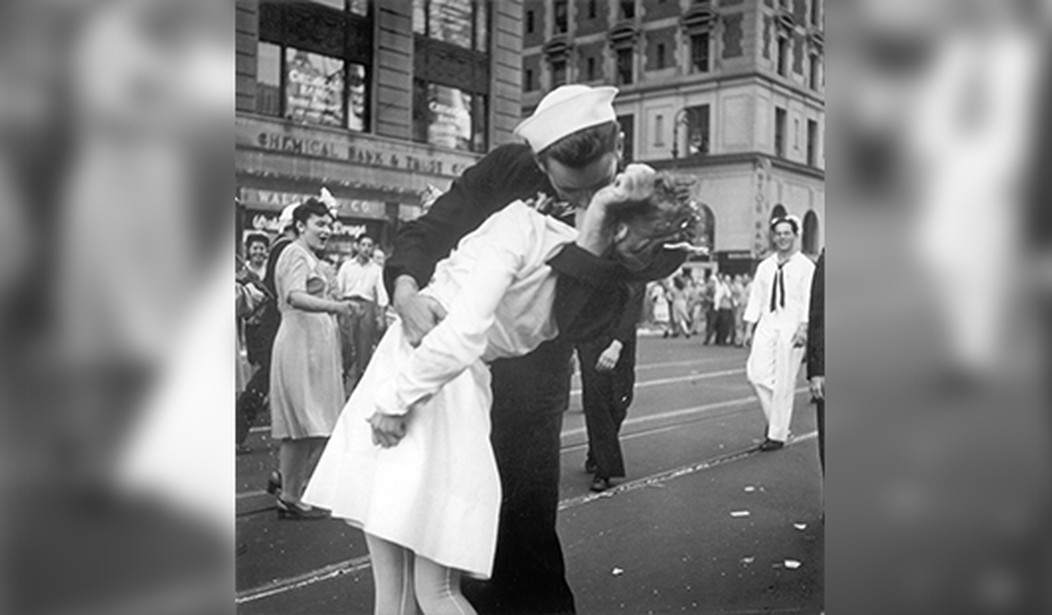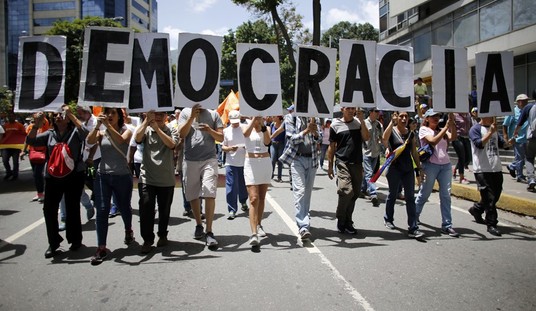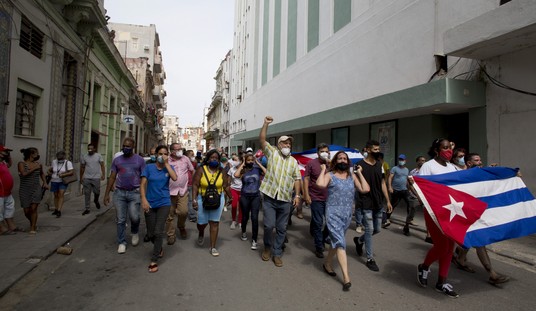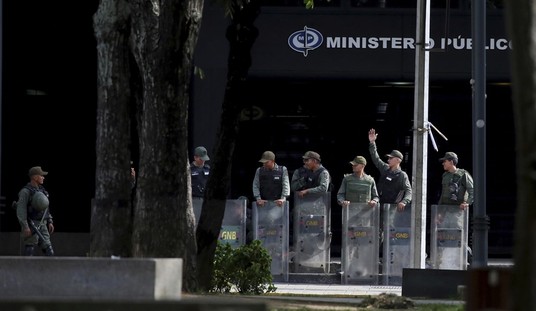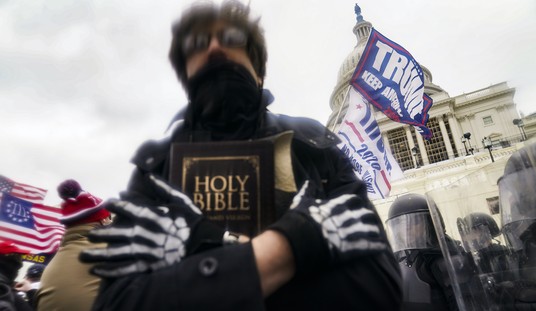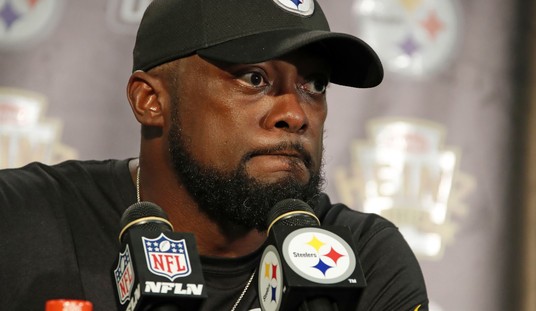On Aug. 14, 1945, genocidal imperial Japan’s surrender to the Allies became public, causing widespread rejoicing among all those who had faced the brutal Japanese war machine.
Imperial Japan left millions of corpses across Asia and the Pacific in its wake. Its vicious treatment of POWs, its mass war crimes against other countries’ people, including in China and Korea, and its infamous commitment to fighting to the very last man, woman, and child had made it a truly formidable and terrifying foe. But with the dropping of the atom bombs, Emperor Hirohito finally faced the inevitable reality, and to the horror of many Japanese military leaders, the evil empire surrendered.
In the Japanese ethical code, killing between 6 million and 10 million people was perfectly legitimate to achieve victory, but surrender was too shameful to bear. That is why the fighting for each island that Americans took by invasion was so bloody, why there were mass suicides of Japanese to avoid capture, and why even after Hirohito informed the Allies of his willingness to surrender, a Japanese faction tried to enact a coup to halt it. The atomic bombs saved a million or more Americans’ lives and millions of Japanese lives by forcing the emperor to consider surrender.
Americans celebrated August 14 as V-J Day, and the famous image of the sailor kissing a girl in Times Square is from that day. The official V-J Day is on September 2 because of when Japan formally surrendered, but for soldiers given a reprieve from invading Japan, for their loved ones at home, and perhaps for the victims terrorized by Japanese troops across Asia, the great news had been heard with relief long before September.
V-J Day, San Francisco pic.twitter.com/WYOuWEr2FR
— Jeff Nichols🌻 (@backwards_river) November 7, 2020
Related: Purple Hearts and the WWII Atom Bomb: A Life-Saving Master Weapon
The National WWII Museum explains that Hirohito notified the Allies that he would surrender if he were allowed to remain the sovereign ruler. On August 10, Allied leaders discussed the proposal. The American government then informed the emperor that it would accept his surrender on the understanding that he would fall under the Allied powers’ ultimate authority. Then, on the night of August 13, American B-29s dropped leaflets which, perhaps, had a greater impact than any bomb they’d dropped on Japan — because the leaflets informed the Japanese people that the “unthinkable” had occurred. The Japanese emperor was surrendering.
The Japanese war cabinet was furious and horrified. A faction in the government actually launched a military coup against Hirohito in an attempt to halt the surrender and destroy the message the emperor had recorded for his people, confirming what was happening. But by early August 15, the coup had failed, and the conspirators did what so many other Japanese fighters had done during the war to avoid surrender — they committed suicide.
Stationed in Okinawa, James Smith describes the exact moment he found out that Japan had surrendered and that World War II was over. #VJDay #WWII pic.twitter.com/rLvptTFBTv
— Intrepid Museum (@IntrepidMuseum) August 14, 2025
For the first time, the emperor spoke directly to his subjects. His message did not state the word “surrender,” but it did affirm that he was accepting the terms of the Allies’ Potsdam Declaration, which was famous for espousing “unconditional surrender” from Japan as the goal. On the evening of August 14, the American public heard from President Truman of the surrender. Around the country, people cheered or wept with joy.
The evil empires of the Third Reich and Japan had been defeated. America and her allies had won. World War II was over.



